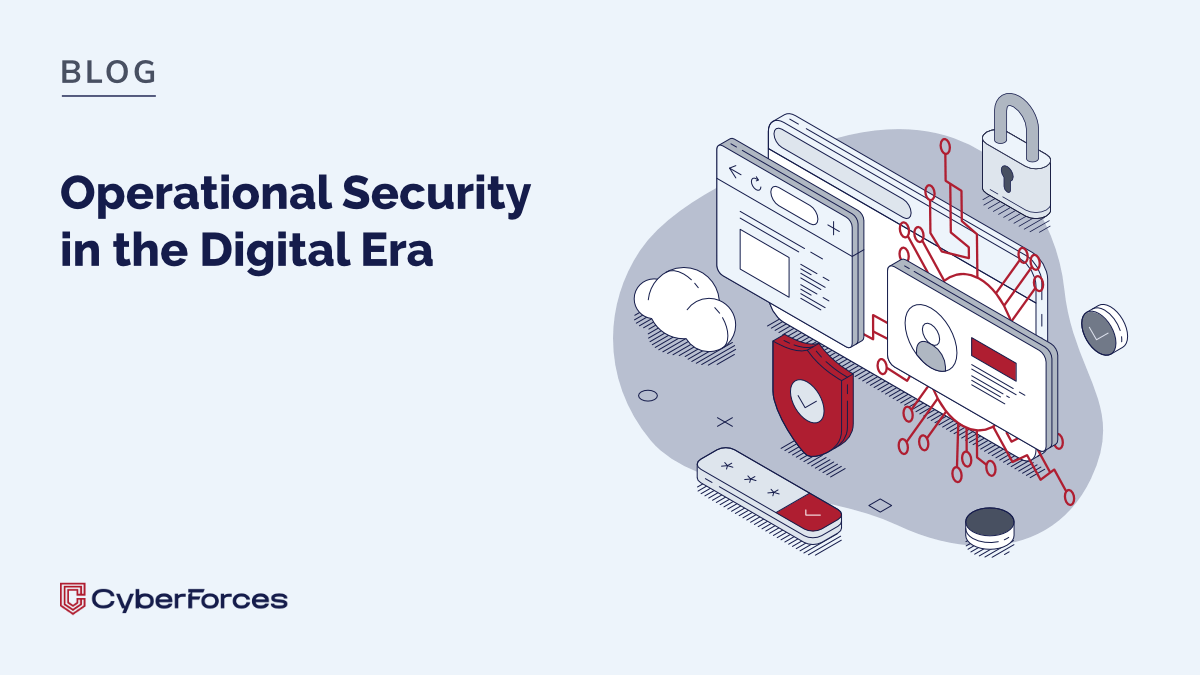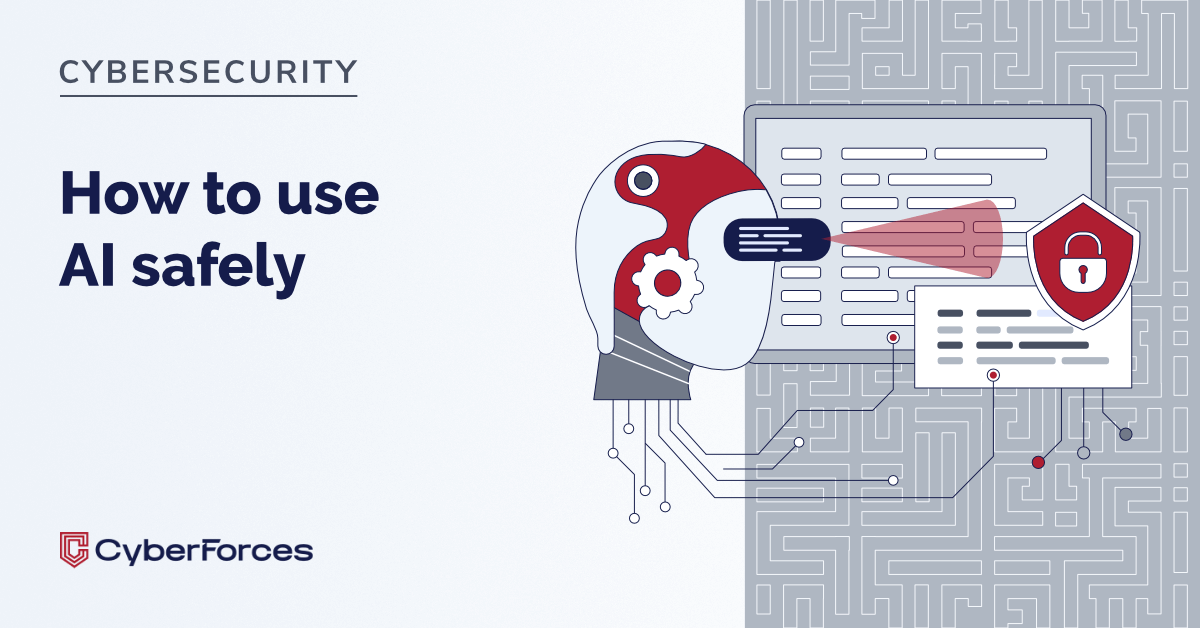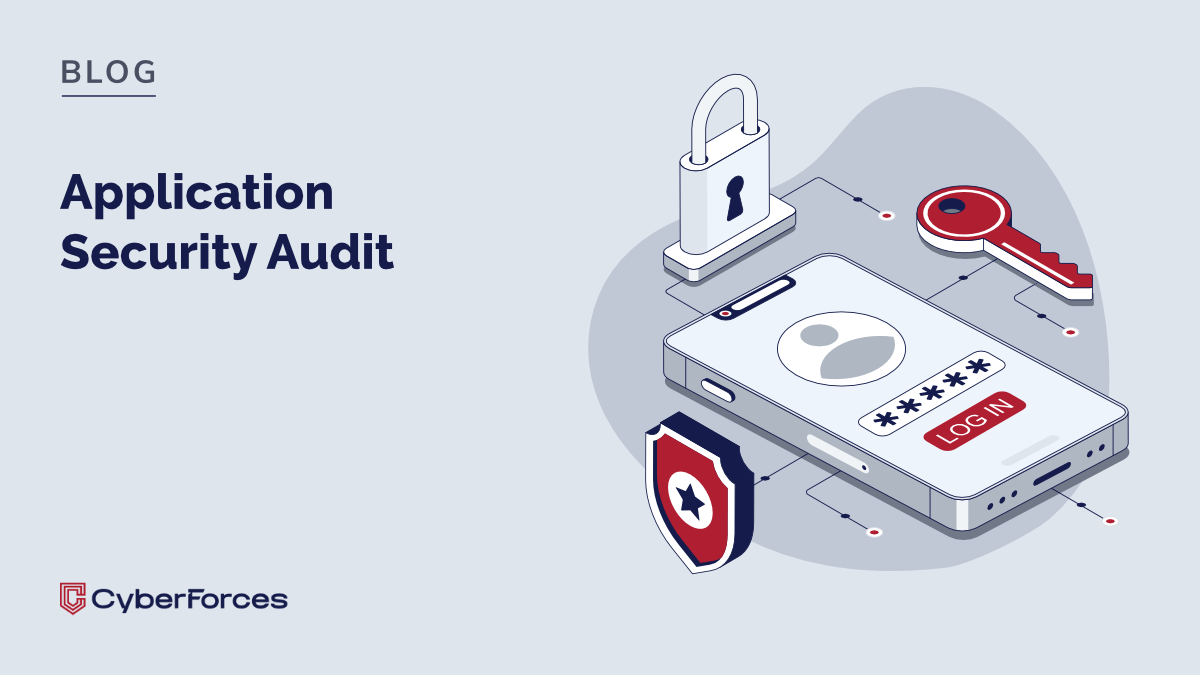OPSEC (Operational Security) is a set of principles aimed at protecting sensitive information from unauthorized disclosure. Although it originated in military settings (USA, NATO), today it’s a critical component for every modern organization. In a world shaped by remote work, social media, and social engineering, even seemingly harmless information can be used against a company. That’s why OPSEC has become a vital part of daily cybersecurity.
In this article, you’ll learn:
- What OPSEC is and how it differs from traditional cybersecurity
- Why OPSEC matters more than ever in the era of social media and OSINT
- The 5 core principles of operational security
- Common OPSEC mistakes companies make
- Which departments hold specific OPSEC responsibilities
- How OSINT is used as a weapon against your organization
What Is OPSEC? Operational Security Explained
OPSEC (Operations Security) is the process of identifying, analyzing, and protecting sensitive information that-while not classified-could be used by adversaries to harm an organization. OPSEC focuses on detecting “loose ends”-fragmented data that may seem irrelevant in isolation but could reveal critical insights when combined.
Unlike traditional cybersecurity, which focuses on technical safeguards (firewalls, antivirus, encryption), OPSEC is centered around behaviors, awareness, and risk-based thinking. It requires seeing the world through the eyes of an attacker-what could they deduce from your company’s public or semi-public digital footprint?
OPSEC plays a key role in protecting strategic initiatives, corporate reputation, and reducing the risk of data leaks caused by employee actions, communication mishaps, or missing procedures.
Why OPSEC Matters in a Hyperconnected World
In the digital age, the line between personal and professional life is blurred. Employees post photos from the office, discuss projects in comment sections, or reveal job titles and org structures on LinkedIn-all of which can be goldmines for attackers.
Social media is now a primary tool for pre-attack reconnaissance. Just a few public profiles are enough to identify key personnel and build targeted phishing or social engineering campaigns.
Remote and hybrid work increases OPSEC risks further. Employees use personal devices, join online meetings from uncontrolled environments, and unintentionally expose sensitive data.
A major enabler of these attacks is OSINT (Open Source Intelligence)-a technique used by both red teams and threat actors to collect information from publicly available sources. If a company fails to follow OPSEC best practices, it could expose itself to attack without a single technical breach.
That’s why operational security must be embedded into the culture of every modern organization-regardless of size or sector.
The 5 Core Principles of OPSEC (Operational Security)
OPSEC isn’t a one-off action-it’s an ongoing process built around five essential steps:
1. Identify Sensitive Information
Start by determining which information must be protected. This includes not just logins and customer data, but also internal schedules, workflows, and organizational plans. Even operational data that isn’t classified can be weaponized.
2. Analyze Potential Threats
Ask: who would benefit from accessing your data? Competitors, cybercriminals, or even unaware employees? Evaluate which channels could be exploited-social media, email, phone calls, public forums.
3. Assess Vulnerabilities
Identify weak spots where sensitive information could leak-unauthorized communication, public-facing employee profiles, office photos, or project mentions. Small oversights can lead to serious security breaches.
4. Implement Countermeasures
Based on the findings, create policies and procedures to reduce risk. This includes OPSEC training, access minimization, information visibility controls, and communication guidelines.
5. Continuous Monitoring and Improvement
As threat landscapes evolve, OPSEC must be constantly updated. Regular reviews, training, and red team simulations help reinforce security culture and keep defenses sharp.
Common OPSEC Mistakes Organizations Make
Despite investing in cybersecurity tools, human error is often the root cause of data leaks. Without OPSEC awareness, employees may unknowingly reveal exploitable information.
LinkedIn and Social Media Overexposure
Public employee profiles that list projects, technologies, and roles are treasure troves for attackers. This data fuels spear phishing and impersonation attempts.
Photos with Sensitive Information
Photos shared on social media showing monitors, emails, or documents can unintentionally expose internal data. This is a classic example of a “soft” data leak.
Exposing Organizational Structures
Posting detailed org charts or department names helps attackers understand hierarchies and spoof internal communication more effectively.
Overly Broad Access Privileges
If employees have unnecessary access to sensitive data, the risk of intentional or accidental disclosure increases significantly.
Lack of Employee Awareness
Without training, even the best policies are ineffective. OPSEC awareness must be part of daily work habits-not just a compliance checkbox.
Most OPSEC failures are not caused by a lack of tools, but by oversights, negligence, or risky behaviors. Regular training and audits are essential to building a resilient organization.
OPSEC (Operational Security) Responsibilities by Department
Operational security shouldn’t fall solely on the IT or security team. Every department plays a role.
Executives and Management
Should integrate OPSEC into strategic planning and risk management. Even an accidental disclosure can harm the company’s reputation or affect partnerships.
HR Department
Manages employee records, internal communications, and sensitive transitions (e.g., hiring, offboarding). Ensuring confidentiality is essential.
IT and Cybersecurity Teams
Responsible for enforcing technical OPSEC measures-access controls, monitoring, device management, and supporting cross-team collaboration.
Remote Employees
Must practice cyber hygiene-using VPNs, avoiding public Wi-Fi, and not sharing work info on personal channels. Using unprotected personal devices is a major OPSEC threat.
OPSEC vs. OSINT – Two Sides of the Same Coin
OPSEC is about protecting sensitive information. OSINT is about finding it-often from the same sources. Threat actors use OSINT to gather data without hacking: social media, job postings, GitHub activity, public Slack messages.
Real-World OSINT Exploits:
- A red team found a CFO’s name on LinkedIn and sent a spoofed invoice from the “CEO.”
- An employee posted about a new project on Instagram, revealing a business partner. This led to a targeted spear phishing attack.
- A public Slack screenshot exposed an API token-without any system breach.
How to Reduce Your Digital Footprint
- Don’t share work-related project or personnel info online
- Limit profile visibility on social media
- Regularly review and delete outdated posts or forum activity
- Educate employees on how digital traces can be weaponized
If you don’t control your online presence, someone else will.
OPSEC is ineffective without understanding how OSINT works-and how easily your public data can be used against you.
FAQ – OPSEC and Operational Security
How is OPSEC different from cybersecurity?
Cybersecurity focuses on systems and technologies. OPSEC focuses on behaviors, awareness, and information handling. Both are necessary.
Is OPSEC only for military or government use?
No. OPSEC applies to every business that wants to protect its data, reputation, and stakeholders. In fact, most modern breaches stem from human error, not technical flaws.
What counts as sensitive information?
Not just personal or financial data. Project schedules, org charts, vendor partnerships, and tools in use can all be exploited by attackers.
Should all employees know OPSEC principles?
Yes. A single employee mistake can compromise the entire organization. OPSEC should be part of company-wide security culture.
How do you train staff in OPSEC?
Short, regular sessions with real-life examples work best. Use checklists, red team drills, and OSINT tests to build awareness.
Are there tools to support OPSEC?
Yes-DLP systems, access management platforms, digital footprint monitoring tools, and training platforms. But tools alone are not enough-education is key.
Final Thoughts: OPSEC Is the Foundation of Digital Security
In a world of AI-driven phishing, deepfakes, and OSINT-based attacks, operational security is not optional. One careless mistake can lead to a breach.
OPSEC is not just a defense-it’s a mindset.
Take action before your data becomes a weapon.
Need support with OPSEC training or assessment? Contact our cybersecurity team.





